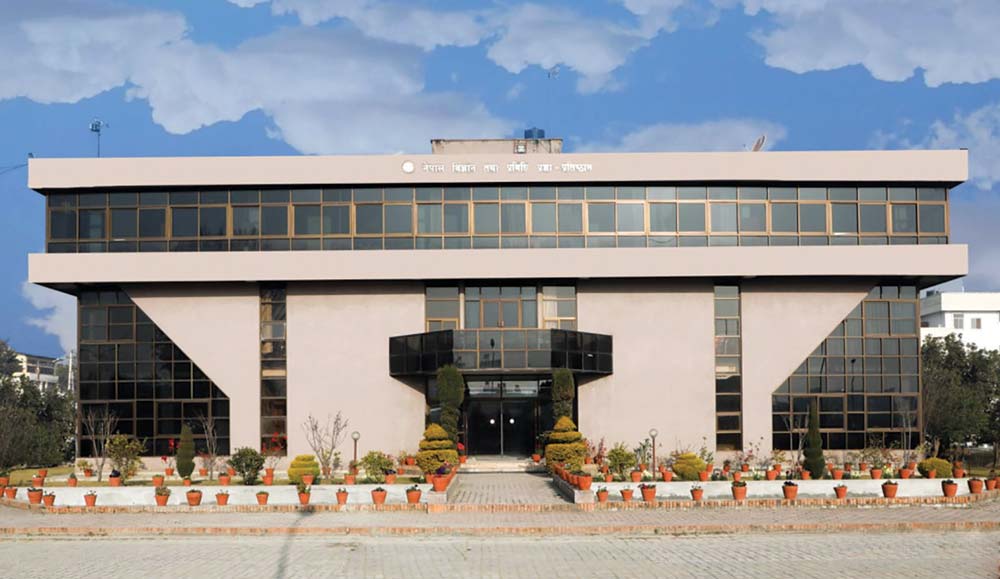Nepal Urged to Embrace Science Diplomacy for Technological and Economic Growth

Kathmandu, Nov. 11 - Nepal must develop and implement a robust strategy for science diplomacy to propel the nation towards technological excellence and economic prosperity, scientists and experts advocated at a recent event.
The program titled 'Science Diplomacy for Nepal: Advancing Science and Technology Promotion' was organized by the Science Diplomacy and Science Technology Promotion Committee under the Nepal Academy of Science and Technology (NAST) in Lalitpur on Sunday. The gathering highlighted the need for both medium-term and long-term strategies to foster science diplomacy.
Historical Context and Benefits
Dr. Sunil Babu Shrestha, former Vice-Chancellor of NAST, illustrated how post-World War II, countries like the USA, Japan, South Korea, the former USSR, Germany, and France utilized science diplomacy to enhance bilateral and multilateral collaborations, leading to significant scientific advancements and regional prosperity. He noted, "Science diplomacy has been instrumental in improving and strengthening the bilateral relationships between the United States with Japan and Korea, and even facilitated collaborations with the USSR during the Cold War."
Strategic Moves for Nepal
The experts emphasized that Nepal could leverage science diplomacy to innovate and foster collaborations in critical areas such as human development, research, and technology transfer. Dr. Shrestha highlighted past efforts by NAST, including signing a Memorandum of Understanding with the Institute of Foreign Affairs, collaborations with the Policy Research Institute, and engaging with diplomats.
Call for Institutional Support
Dr. Hemu Kafle from the Kathmandu Institute of Applied Sciences pointed out the necessity for strong stakeholder collaborations to ensure effective science diplomacy, especially given Nepal's urgent need for technology transfer across various sectors.
Political and Diplomatic Engagement
Prof. Dr. Mahesh Kumar Maskey stressed the importance of political leaders and lawmakers understanding the synergy between science and diplomacy. He advocated for prioritizing cross-border cooperation, particularly with Nepal's neighbors, to achieve the Sustainable Development Goals (SDGs).
Future Directions
The event underscored the need for a national science diplomacy forum, the appointment of science advisors within the government, and enhanced authority for NAST. Suggestions also included regular engagement mechanisms between NAST and key governmental ministries, as well as with international bodies like the United Nations and World Health Organization.
Dr. Madan Lal Shrestha, another NAST academician, proposed collaborations with national institutions like the Nepal Bureau of Standards and Meteorology to further science and technology initiatives.
The consensus was clear: by focusing on young scientists, promoting cross-border collaborations, and increasing investments in research and development, Nepal can significantly advance its scientific capabilities and economic stature through science diplomacy.
